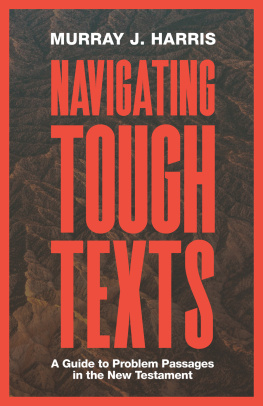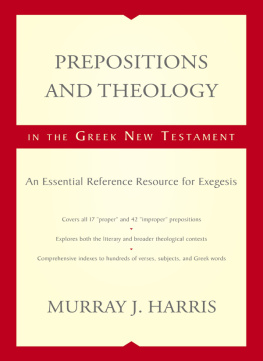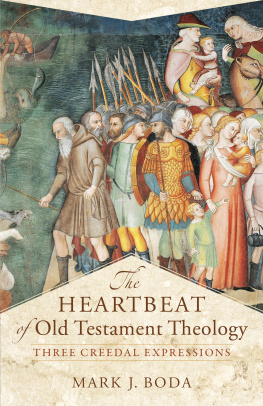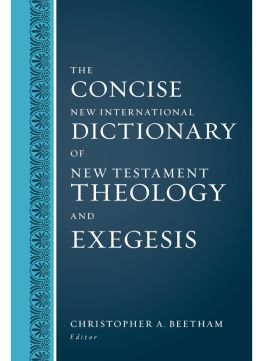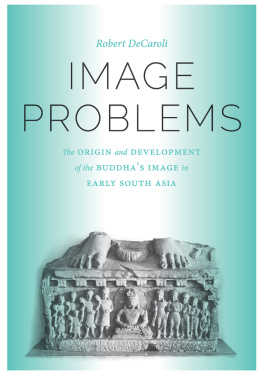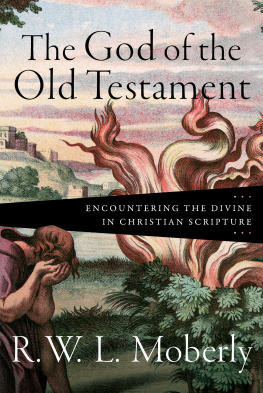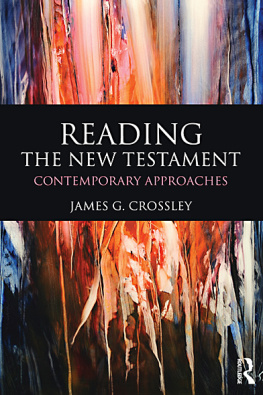1. Biblical Models for Figural Reading
2. Figural Reading and Scriptures Literal Sense
3. Figural Reading, Metaphor, and Theological Exegesis
4. Figural Reading and Modernity
5. Epilogue
Introduction
A World Well Lost
The Eclipse of Old Testament Consciousness
In the classes I teach on Old Testament for first-year students, I often like to point out that the Old Testament got there first. Understood as a chronological claim about the Old Testaments temporal priority in relation to the New Testament, this statement is little more than a truism. Yet it is a truism that typically underwrites approaches to the Old Testamentapproaches this book intends to challenge. No shortage of introductions to the Old Testament view it as a historical introduction or prolegomena to the New Testament. In this approach, the New Testament is typically construed in terms of a theological witness that provides the exegetical underpinning for crucial doctrines in the Christian tradition, while the Old Testament serves as a sort of preparatio evangelica that never quite addresses these doctrines, let alone authorizes them in any unique or foundational sense.
More provocative and controversial is the claim that the Old Testament got there first, not merely in the chronological or historical sense Ive just described but also in a theological sense. The Old Testament provides the basic theological grammar for the churchs confession on creation, providence, figuration, the nature of biblical inspiration, authorship, Trinity, Christology, soteriology, and ecclesiology. The Old Testaments unique contribution to these doctrines does not simply anticipate or duplicate the New Testaments own witness to the same. Rather, the Old Testament renders its witness to these teachings in its own language and on its own terms. These Old Testament terms shape the New Testaments exegetical grammar and theological outlook, rather than themselves being derived either from the New Testament in the first instance or from an external imposition and hard reading of the
The operative premise of this book is that the loss of an Old Testament consciousness with respect to the theological issues just mentioned lies at the heart of many of the Christian churchs problems in our day, in both its mainline and evangelical expressions, especially the culture of Bible reading that is deeply embedded within these groups. With a few notable exceptions, the interpretive implications of the character and identity of God, creation, providence, and figural logic in the Old Testament have been eclipsed in the name of a so-called biblical theology of the two testaments that is little more than New Testament theology. The irony involved in this top-heavy view of the New Testament is all too evident when one considers the fact that the New Testament simply assumes the Old Testaments doctrine of God, creation, and providence, rather than reinventing the wheel on these issues.
Of particular interest is the relation between figural reading and the Old Testaments literal sense, or sensus literalis . Figure is the term chosen in this book to express Scriptures ongoing theological significance through the changing contexts of history, though allegory might also have been chosen. Contrary to the popular stereotypes of modernity, figural reading is not a non-historical strategy for reading Scripture but a species of historical reading rooted in the Scriptures literal sense. It is here that the loss of Old Testament consciousness makes itself felt in the largely Christ-less Old Testament of modernity, in both its evangelical and mainline denominational forms.


